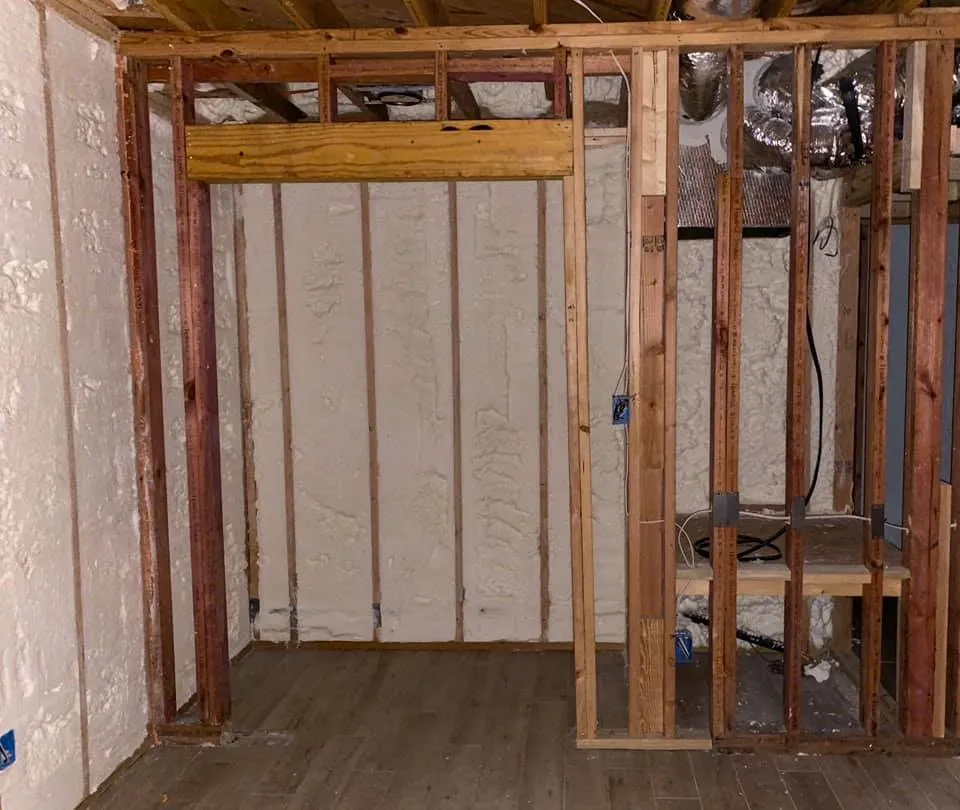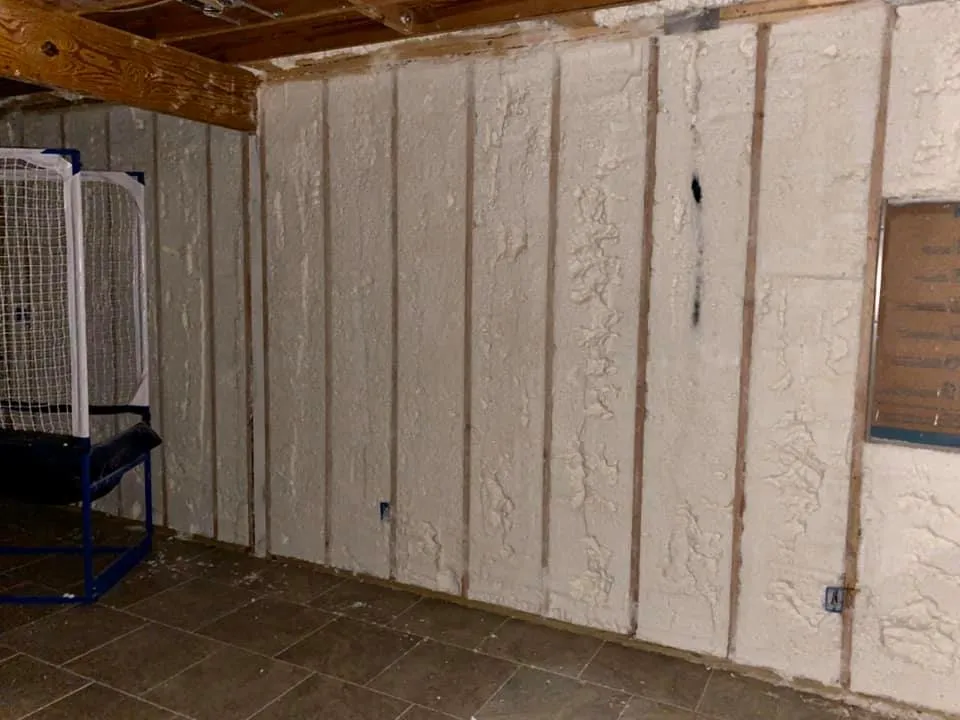Why Is The Room Above Garage Always Too Hot Or Too Cold?
If you have ample space above your garage, you may have put in a playroom or bedroom or otherwise made use of that extra space. That’s a good idea, but have you found that this space is always hotter than the rest of your house in summer and colder than the rest of your house in winter? Why is that? In this article, we explore this dilemma and offer suggestions for effective solutions. Read on to learn more.
This solution works with each of the following problems:
- room above garage cold
- room over garage hot summer
- bedroom above garage cold
- cooling bedroom above garage
What Causes This Uncomfortable Temperature Difference?
To understand why the space above your garage is always temperature challenged, you must understand that hot air always migrates into cooler areas. The space above your garage is no more insulated or heated than your garage, itself.
Even if you have the door to the space open so that heat can enter from the rest of your house, the heat will naturally be drawn to the cool air in the garage below and the cool air outside, so it will escape the space rapidly.
What Can Be Done To Solve This Cold Floor & Hot Room Problem?
How to cool the room above the garage? The three elements lacking in the potentially usable space above a garage are ductwork, air sealing and insulation.
When houses are built, the empty space above the garage is not usually thought of as a living area, so HVAC contractors don’t usually install ductwork to these areas. If they do install ductwork, it may be inadequate to meet the needs of this very airy space that is usually lacking in insulation.
The reason for this is that builders don’t usually insulate the floor of the empty space above an attached garage. In fact, they may not even insulate “knee walls”. This is the shared wall between the empty space and an upstairs room, such as a bedroom. This can cause heating and cooling problems in the adjoining room, as well.
These two circumstances combined can make it very difficult, if not impossible, to keep the temperature in an above-garage living space comfortable. The solution to the problem is twofold. Air circulation to the space must be increased, and insulation must be improved.
What’s The Most Effective Way To Address The Room Above The Garage Problem in Austin Tx?
The secret on how to cool room above garage.
As with most problems, prevention is the most effective solution. Ideally, when a house is being evaluated for heating and cooling during the building process, the builder or the HVAC contractor will perform what is known as a “Manual D calculation”. This is a process that ensures the right ductwork sizing and design is installed.
Unfortunately, this is not usually done during the building process, and above-garage living spaces (which are typically far away from the furnace or air handler) get the short shrift. The contractors don’t usually consider the length of the duct run, so they fail to properly balance airflow. Instead, they just put some ductwork in place and hope for the best.
When this is the case, the fix is to perform a “Manual J load calculation”. This process is applied to the whole of the upstairs heating and cooling system to determine whether or not it will be possible to increase airflow.
Often, some rooms receive excessive airflow, while others receive too little. When this is the case, the existing system can be balanced to correct the problem. This can work to affordably and easily make that above-garage living space more comfortable year-round.
Unfortunately, this simple solution doesn’t always work. An above-garage room without insulation may need as much as 400 CFM (cubic feet per minute) of airflow to be comfortable. That’s a tremendous demand for most existing HVAC systems.
What’s The Alternative?
A dependable, lasting, energy-saving solution to the problem is to improve your home’s insulation. This is sometimes referred to as “improving the envelope”.
Good insulation provides a permanent barrier against unwanted airflow from the outside and the excessive levels of heat and cold that airflow brings. The better insulation your home has, the easier it is to maintain a consistently comfortable temperature, and the less it will cost you to do so.
As we’ve mentioned, the space above your garage is probably not as well insulated as the rest of your house. Correcting this problem by insulating the floor between the room and the garage below, as well as the insulation along the attic knee walls can make a big difference in the heating and cooling retention of that above-garage space, as well as the rest of your upstairs rooms.
What Happens In The Insulation Process?
We will evaluate your heating and cooling challenge. Depending upon what we find, we will propose one or a combination of three smart solutions:
- We can add “drill and fill” insulation below the floor of the room. If we find that the floor separating the above-garage living space from the garage below is not insulated, we can blow in some cellulose or fiberglass insulation. We do this by drilling holes in the floor of the room, blowing in the product and then repairing the holes.
- We can make the knee wall insulation more effective with spray foam insulation. Attic knee walls don’t usually have good insulation. In fact, they are usually insulated with a product known as “batt insulation”. This is very hard to install correctly and can move around, slip and fall away with the passage of time.
- We can install bubble wrap and/or foam board insulation over the existing batt insulation for better thermal performance. These materials will hold the existing batt in place. Additionally, they provide a continuous seal that helps resist unwanted airflow more effectively.
- We can provide an extremely effective air seal. Even though good insulation provides a fine thermal barrier and some airflow resistance, it is not a completely effective air barrier. There are some cracks and gaps that can allow air to leak in. This is especially true around attic access doors and at knee walls.
That’s why the most effective installation of new insulation is prefaced by sealing all cracks and gaps with a foam product that will keep cold air out in the winter and hot air out in the summer.
By improving the airflow to the living space above your garage, sealing out unwanted hot and cold air and adding improved insulation, you can save money on heating and cooling while adding value and enjoyment to your home.
Questions? Call Stellrr at (512) 710-2839 today!





